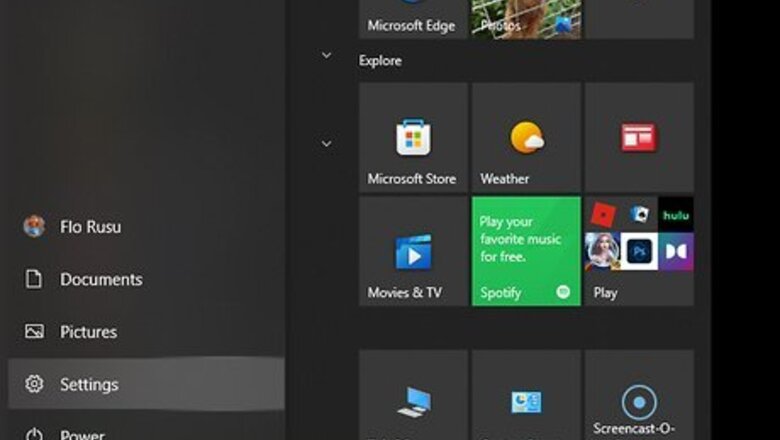
views
- For Windows users, check your installed RAM by navigating to Settings > System > About > Installed RAM. Alternative, open the Task Manager with Ctrl+⇧ Shift+Esc to view your memory usage.
- On macOS, to check your RAM go to Apple menu > About This Mac > Overview > Memory.
- If you use a Chromebook, go to chrome://system in Google Chrome and expand the meminfo section.
- To find your iPad’s memory amount, go to https://support.apple.com/en-us/HT201471 and locate your iPad model. Then, click the link to see its tech specs and RAM amount.
Windows Settings

Open Start Windows Start. Click the Windows logo in the bottom-left corner of the screen.
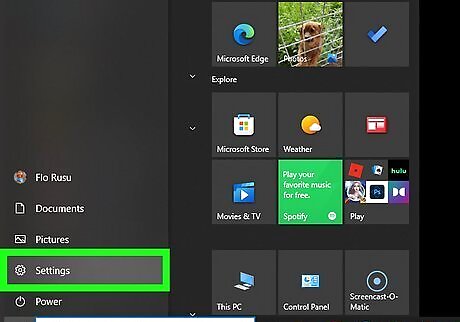
Open Settings Windows Settings. Click the gear-shaped icon in the lower-left side of the Start window. This will open the Settings window.
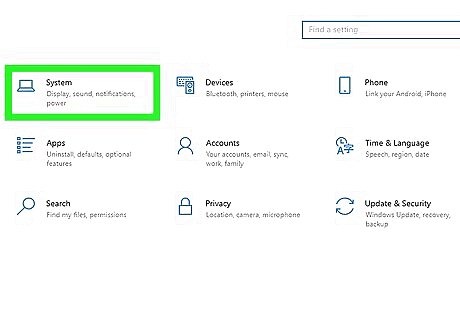
Click System. It's a laptop-shaped icon in the upper-left side of the window.
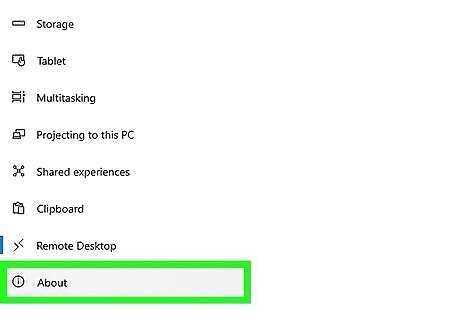
Click the About tab. You'll find this in the lower-left corner of the System window. This opens a list of information about your computer.

Review the "Installed RAM" section. It's in the "Device specifications" section near the middle of the page. The number to the right of the "Installed RAM" heading indicates how much RAM your PC has installed.
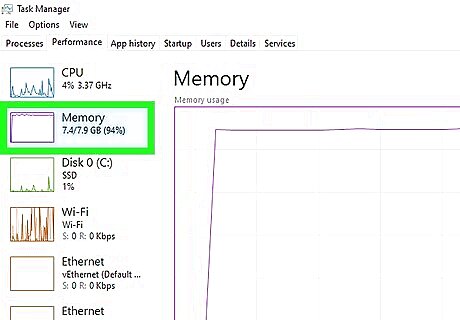
Check your computer's RAM usage. If you want to see how your PC is using its RAM (or how much it's using at a given point in time), you can use the Task Manager program to do so. Doing this while running a program will give you an idea of how much RAM the program needs to run properly. EXPERT TIP Spike Baron Spike Baron Network Engineer & Desktop Support Spike Baron is the Owner of Spike's Computer Repair based in Los Angeles, California. With over 25 years of working experience in the tech industry, Spike specializes in PC and Mac computer repair, used computer sales, virus removal, data recovery, and hardware and software upgrades. He has his CompTIA A+ certification for computer service technicians and is a Microsoft Certified Solutions Expert. Spike Baron Spike Baron Network Engineer & Desktop Support How can you know whether your RAM is faulty? Spike Baron, a network engineer, explains: "The two main ways you can see that your RAM is faulty are that your computer won't boot up or you see a blue screen. Those are the two major things that happen with faulty RAM."
Windows Task Manager
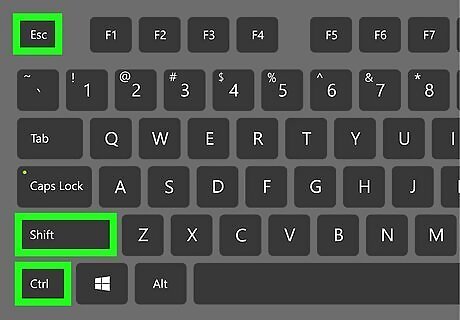
Press Ctrl+⇧ Shift+Esc to open the Task Manager. This will show you a menu with every task running on your computer. Here, you can check your memory usage.
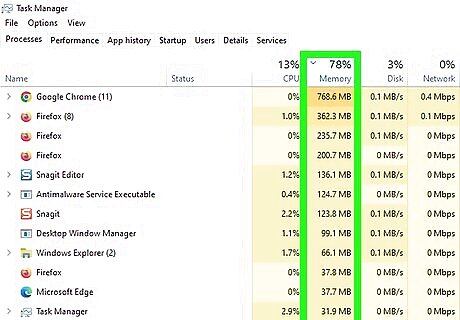
Look at the Memory column. The percentage in the header tells you how much of your RAM you’re using at a given moment. The numbers in the column give the exact amount of memory a process is using.
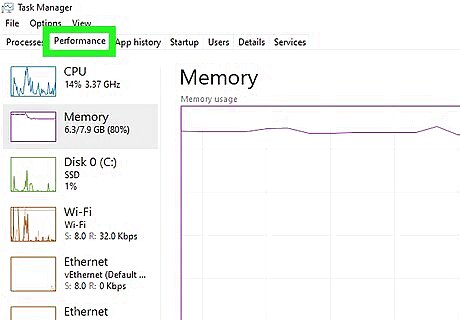
Click the performance button in the right-side menu. This opens the performance tab of the Task Manager.
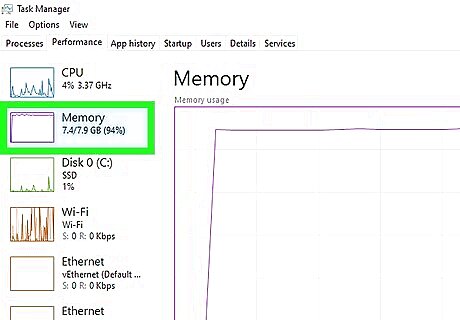
Click Memory. This will show you how much RAM your computer is using and how much it has total. The number may be smaller than your PC’s nominal RAM. This might be because some RAM is dedicated to system tasks not shown in Task Manager, or because some RAM is reserved by hardware in your system.

Look at the RAM specifications. You can see the following RAM attributes in the Memory section of the Performance tab: Speed - the rated speed for your installed RAM. Slots used - how many RAM slots currently have RAM installed. For example, you might have two 4 GB RAM sticks installed on your computer, making for a total of 8 GB of RAM. Form factor - the type of RAM installed on your computer. Hardware reserved - this is memory that has been reserved by hardware in your computer.
macOS
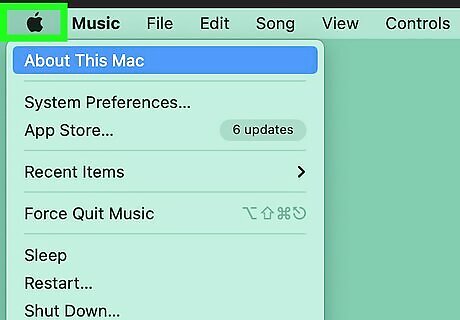
Open the Apple menu Mac Apple. Click the Apple logo in the top-left corner of the screen. A drop-down menu will appear.
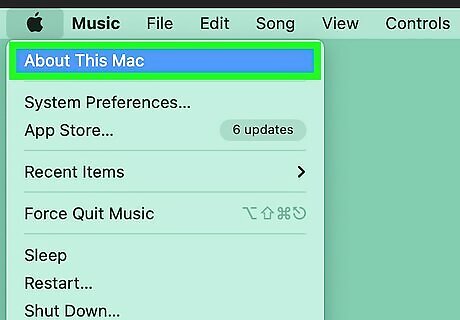
Click About This Mac. It's in the drop-down menu. Doing so opens the About This Mac window.

Click the Overview tab. This tab is in the upper-left side of the About This Mac window. The Overview tab will usually open by default when you open About This Mac.
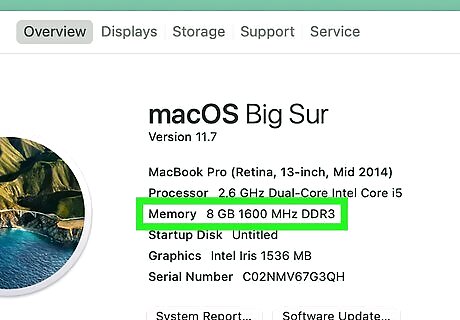
Review the "Memory" heading. The number to the right of the "Memory" heading indicates how much RAM your Mac has installed, as well as what type of RAM you're using.
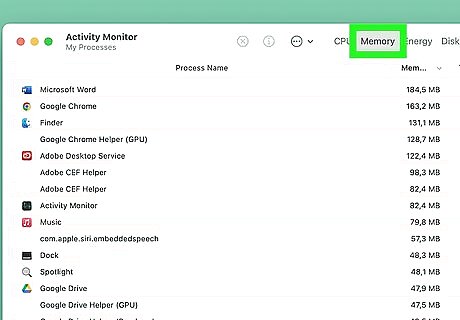
Check your Mac's RAM usage. If you want to see how your Mac is using its RAM (or how much it's using at a given point in time), you can use the Activity Monitor program to do so. Doing this while running a program will give you an idea of how much RAM the program needs to run properly.
Chromebook

Open Google Chrome. This is the default web browser on Chromebooks. It's the icon with a red, green, and yellow circle surrounding a smaller blue circle.

Type chrome://system in the URL bar. Then, press enter to open the system specifications page.
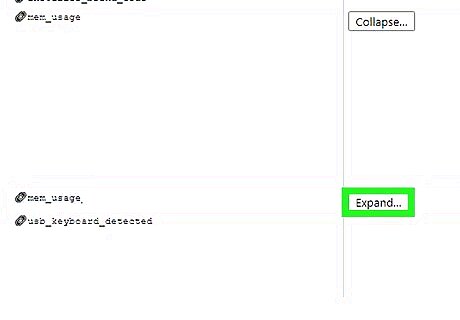
Click Expand next to “meminfo.” This will open a list showing you a breakdown of your Chromebook’s memory.
iPad Model Number
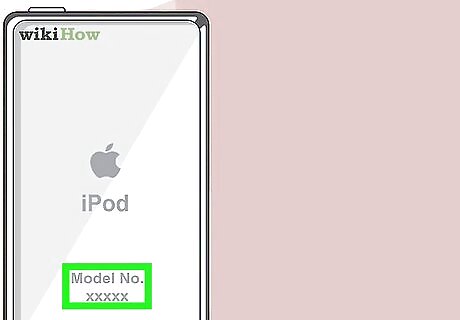
Find your iPad’s model number. This is typically located on the back cover of the device. You’ll use this to find the technical specifications (tech specs) for your tablet.
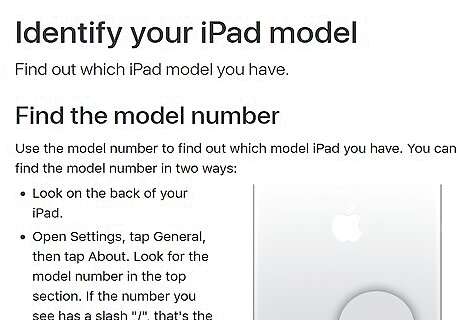
Go to https://support.apple.com/en-us/HT201471. This official Apple website lists every iPad’s model number.
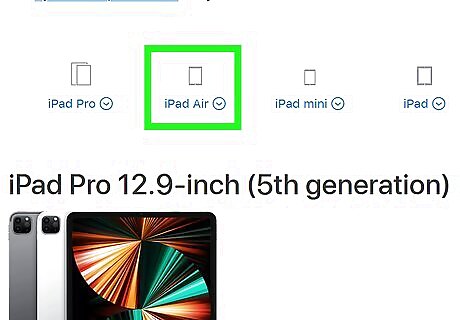
Find your iPad model. You can use your web browser’s find feature to locate the model number. The shortcut on Windows PCs to find text on a webpage is usually ctrl + f. For macOS, it’s typically cmd + f. On mobile web browsers, the find feature can be found in the More menu.

Click “tech specs for
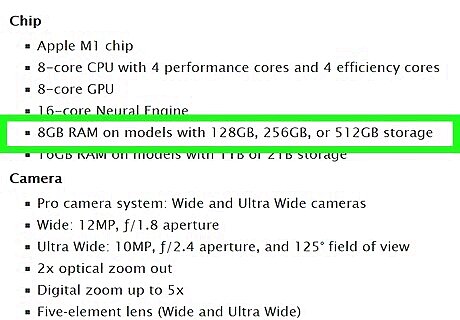
Scroll down to the Chip section. This is where your model’s RAM amount can be found. Alternatively, you can try the Smart Memory Lite app for iPad. It shows you the tablet’s total RAM and memory usage.

















Comments
0 comment